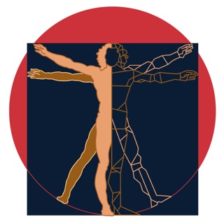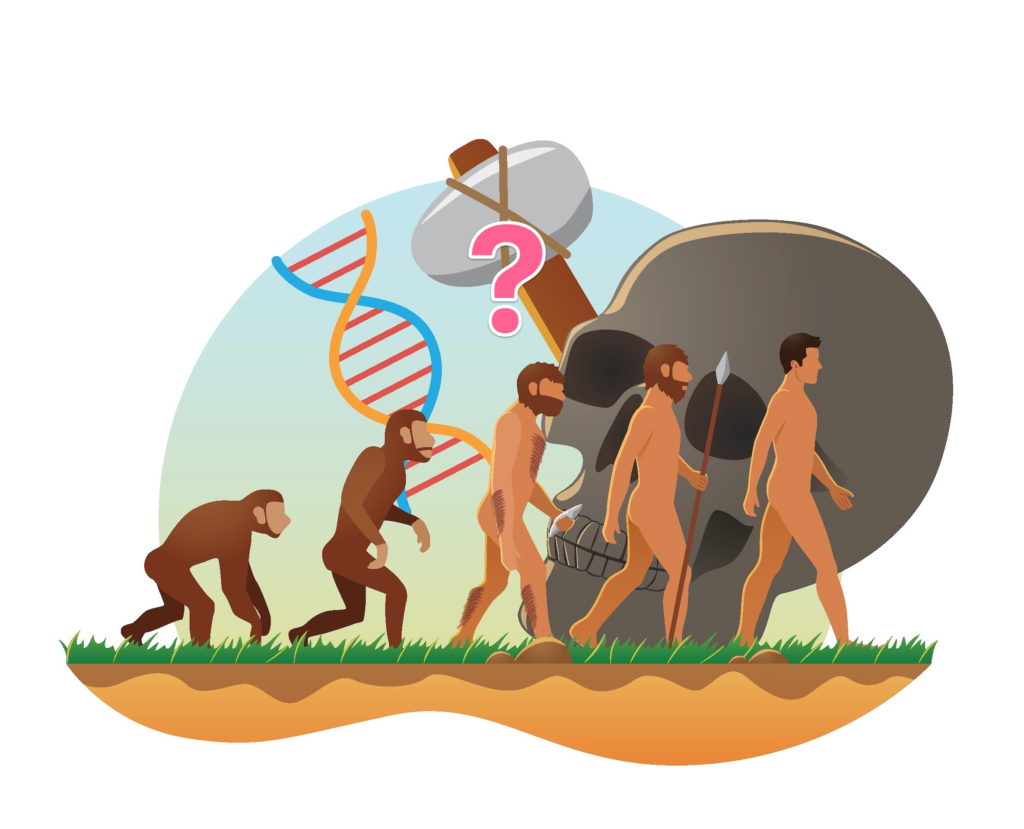When did language, culture, consciousness and “modern” human behavior as we perceived it to be, begun? Did it begin 10,000, 30,000, 50,000 or 300,000 years ago? When did it all start? What are the reasons for its emergence? How did it all begin? These are the nagging questions that Cognitive archeology and other disciplines related to the study of man and origins are trying to answer
The debate rages on. In the battle of ideas, the war is being fought through words. Warring factions have taken their positions and the camp has been divided into two. The first major faction argues that modern human behavior arose suddenly and nearly simultaneously some 40,000 to 50,000 years ago. As to why this happened, proponents of this idea however cannot agree to the cause of this and this camp can be subdivided further. Some believe that this was all caused by a genetic mutation. Other contend that this “Human Revolution,” “Upper Paleolithic Revolution” or what others would like to call as the great leap forward was caused by a re-organization or a “re-wiring” of the brain causing the emergence of language, a key component upon which modern human behavior is built upon.
A second faction however believes the contrary. In their rather lengthy article published in the year 2000, entitled “The revolution that wasn’t: a new interpretation of the origin of modern human behavior” Sally McBrearty and Alison Brooks tried to debunk proponents of the “human revolution.” They believed that transition to fully modern human behavior is graduated and not the result of a biological or cultural revolution but that it is a “ . . . fitful expansion of a shared body of knowledge and the application of novel solutions on an “as need” basis . . . “ and that “. . . the complex content of human cultures has built incrementally with cognitive equipment present since at least 250,000 in a process that continues today.” To provide support for their theory, McBrearty and Brooks extensively surveys the archeological evidence showing graphs, tables, diagrams, sketches and pictures. Their comprehensive work has the distinction of being the most cited paper ever published in Journal of Human Evolution and considered to be widely influential.
But did McBrearty and Brooks convince me of their position? Despite its comprehensiveness it is my humble opinion that McBrearty and Brooks failed to achieve their goal. While it is true that just like any evidence, archeological evidence can be interpreted either way (a half filled glass may either be full or empty depending on who is the one looking at it) however the fact remains that reality is absolute and something happened thousands of years ago. Whether it is sudden or gradual remains much of a debate but from a cognitive archeology perspective here are my two cents worth on why I choose to remain in the “human revolution” camp in contrast to what I call as the “Theory of gradual change” and why I believe that McBrearty and Brooks failed to prove that the “human revolution” wasn’t.
1.) Their argument is based on disputing semantics and merely pushes back the “Human Revolution” in time – For McBrearty and Brooks the “Human Revolution” is not a revolution at all because a “revolution” implies a profound rapid change and that there was no single sudden event. (I find it quite amusing however that they qualified that there is no agreement about how rapid a change must be in order that a revolution must qualify as a revolution.) In other words for them it is not a revolution because the change is not sudden.
For me this is just a useless argument in semantics. If we were to look at the same evidence they presented, something happened between 250,000 to 300,000. What McBearty and Brooks failed to realize is that what is gradual are the effects of the change. But the change was sudden. It had to start somewhere at sometime. Looking at their own presentation of evidence, their own graph, one can see that beyond 300,000 there was no evidence of modern human behavior. In other words something must have happened 250,000 to 300,000 years ago, which caused those in the “Middle Stone Age” as they called it to start producing Blades, use Grindstones and process pigments.
Although they explicitly said that they are not simply seeking to move the “human revolution” back in time they argued merely on the semantics stating, “that it would not be appropriate to label changes accumulating over a period of 200,000 years either a revolution or a punctuated event.” No matter what McBearty and Brooks say, they merely pushed back the “Human Revolution” in time. Their own presentation of evidence confirms this.
2.) The theory of “gradual change” is a logical impossibility and fails to recognize the physical structure that would accommodate the change – Other primates such as orangutans, chimpanzees and other monkeys have since time immemorial lived among Homo sapiens sapiens but they have never gained the capacity for symbolic thinking. It would seem that no matter how much we ask them to participate in our “shared body of knowledge” or inculcate to them the application of novel solutions to technical problems they seemed never to acquire the capacity to exhibit the same kind of “modern human behavior.” If the theory of gradual change is indeed true, than we would be able to “rub off” our “modern human behavior” to other primates. The theory of gradual change as the reason for the emergence of modern human behavior falls short in trying to explain this.
The most logical reason why other primates would not be able to exhibit modern human behavior is because they lack the mental structures to do so. Without a re-wiring a re-organization or an expansion of other primate’s brain, they would continue to be limited in their thinking and would exhibit limitations in their behavior. Similarly had a “revolutionary” change not occurred among homo sapien sapien’s we would not have exhibited “human behavior” as we know it.
3.) They merely provided a broad general explanation for the emergence of modern human behavior and lacked a detailed explanation in terms of cognition – Despite the length of McBrearty and Brooks’ work, they failed to make a good detailed argument and merely attributed modern human behavior as a result of gradual change. Despite the fact that they discussed extensively how this change has been brought about, they only discussed the “external factors” of the change and how these changes synergized together to bring about modern human behavior. No discussion or theory has been proposed as to what could have occurred cognitively. It is my own humble opinion that McBrearty and Brooks would have would have done better if they argued their theory of “gradual change” by citing studies on the plasticity of the brain and how language and action could have possibly re-wired the brain gradually.
With all due respect, McBrearty and Brook’s “new interpretation” failed to live up to its title and is instead a misinterpretation and misappreciation of the archeological evidence.
 Hi ! my name is Zigfred Diaz. Thanks for visiting my personal blog ! Never miss a post from this blog. Subscribe to my full feeds for free. Click here to subscribe to zdiaz.com by Email
Hi ! my name is Zigfred Diaz. Thanks for visiting my personal blog ! Never miss a post from this blog. Subscribe to my full feeds for free. Click here to subscribe to zdiaz.com by Email
You may also want to visit my other blogs. Click here to learn more about great travel ideas.


Leave a Reply